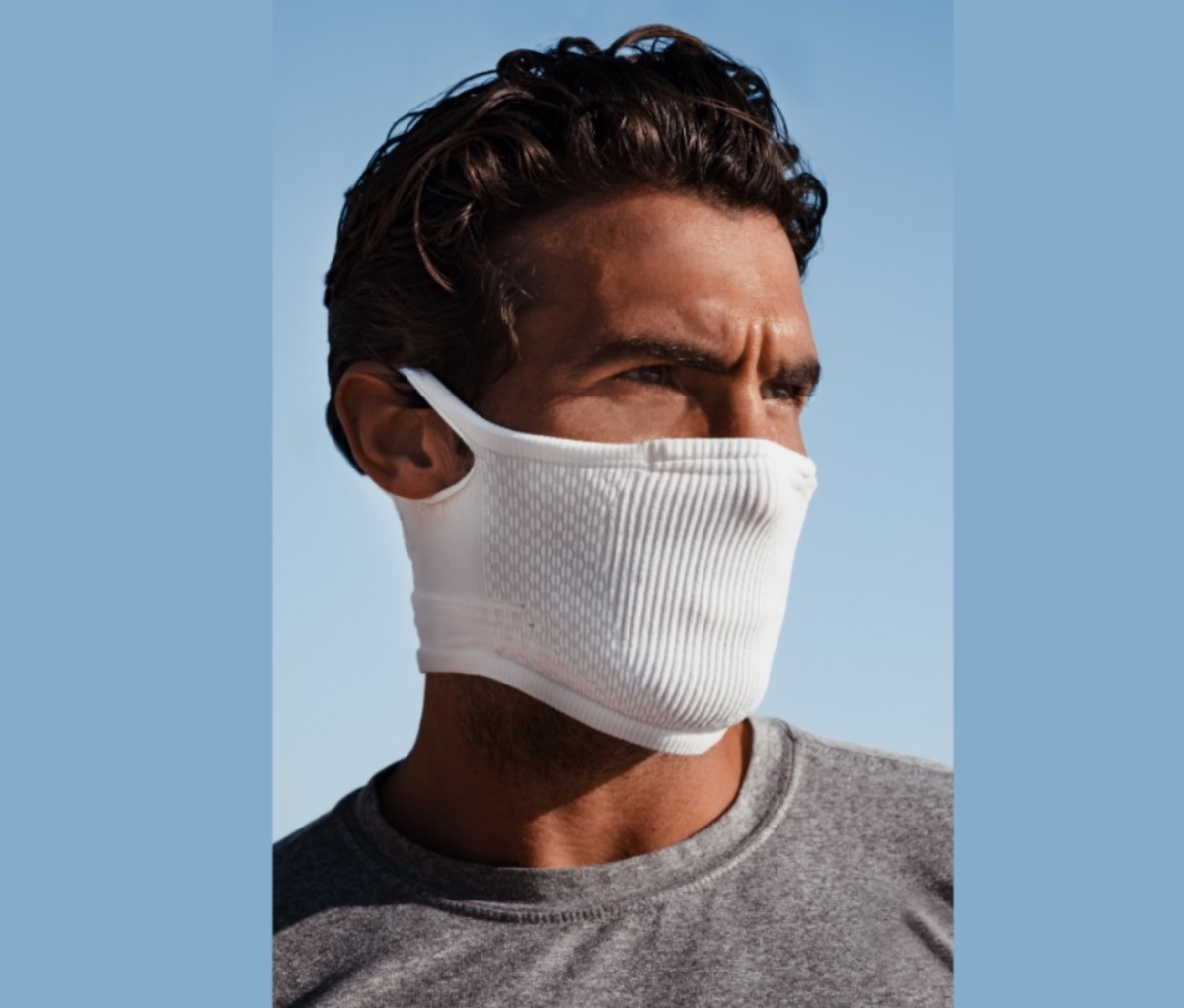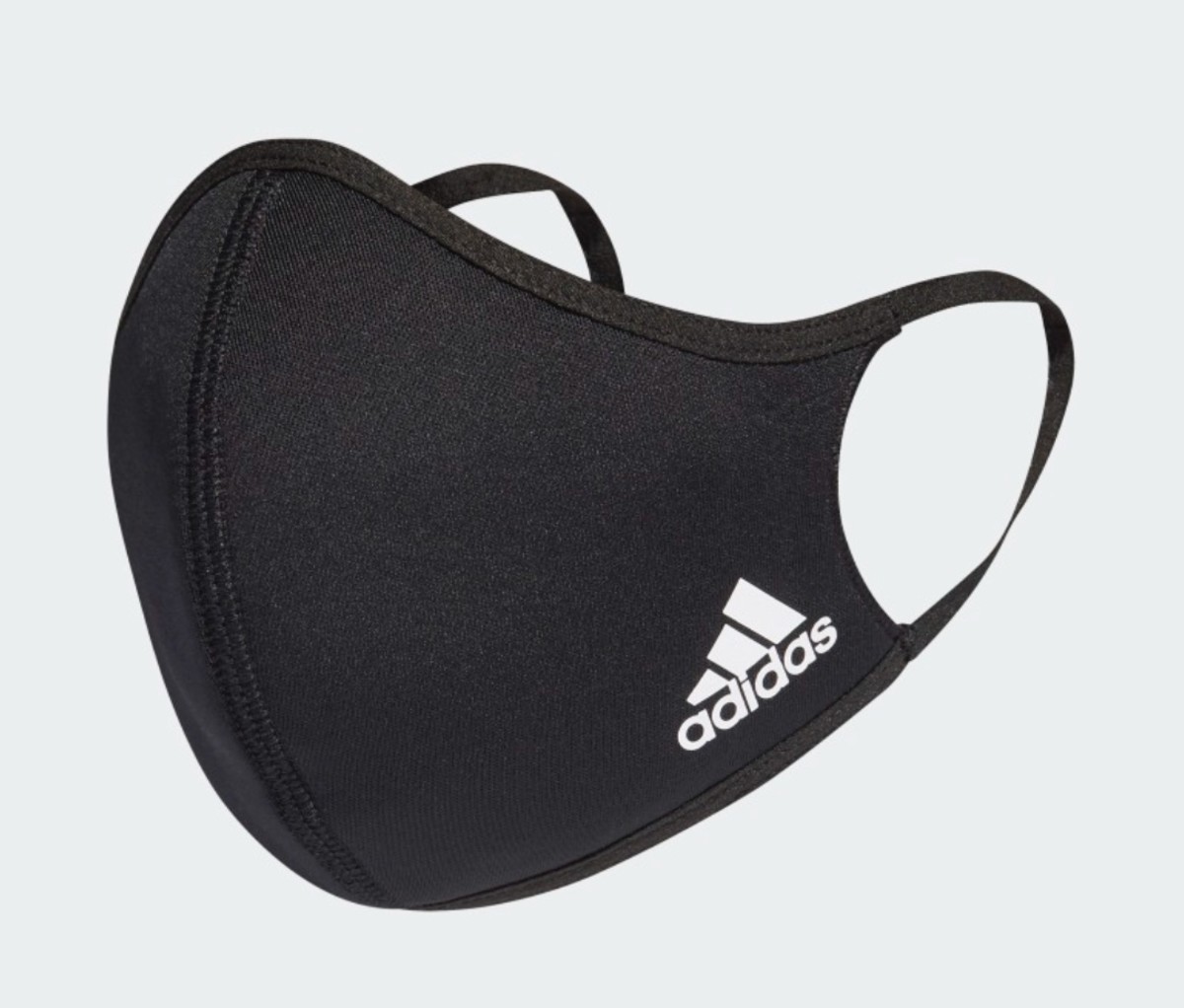It used to be that those who audibly huffed and puffed their way through workouts were just annoying. Now—as they share equipment and steam up gyms with their sweat and heavy breath—they can be downright deadly, expelling tiny, potentially infectious particles that linger in the air for hours—making gyms an especially high-risk environment for COVID-19 exposure. But as temperatures start to drop, indoor gyms are beckoning. Four in 10 Americans say they’ll be returning to the gym at the same rate or more once it opens back up, according to a survey of over 2,000 people conducted by OnePoll on behalf of LIFEAID Beverage Co. (For what it’s worth, only 31 percent of gym members have actually returned, a survey of over 5,000 people by RunRepeat found.)
No matter where you exercise, the advice from public health officials, microbiologists, epidemiologists, and infectious disease experts is clear: Wear a damn mask. But the type of mask you can get away with may depend on your surroundings.
Three-layer surgical masks (those disposable, rectangular blue and white masks) and cotton masks were most effective at preventing the spread of droplets, according to a study published in September in the journal Science Advances—something that matters exponentially more when you’re exercising in an enclosed space (and even more when there are other people around).
The three-layer system is recommended by the World Health Organization (WHO). “The surface is typically made of some durable, breathable substance; the inner part is more water-resistant; and the third part that comes in contact with your face is a lighter cotton or linen,” explains Philip M. Tierno, Clinical Professor of Microbiology and Pathology at New York University and author of First, Wear a Face Mask.
A plain cotton mask should consist of at least four layers, according to WHO, whereas nylon blends and 100-percent polyester masks provide two to five times the efficiency when folded into two layers versus a single layer.
Some sports performance companies are using the same fabrics to manufacture masks as they do in producing high-tech tops and bottoms; that may have an effect on the comfort of the mask. “A lot of masks use moisture-wicking materials and have a little bit of stretch to them, and that’s useful,” says Anne Rimoin, a professor of epidemiology at the UCLA Fielding School of Public Health and director of the Center for Global and Immigrant Health. “You want one that fits over the mouth and nose, and sits snug to the cheeks, while being flexible enough to bend as you move.”
You may see companies advertising masks with antimicrobial treatments, like the UA Sports Mask [$30; underarmour.com], with an antimicrobial treatment on the inside layer; or the Space Mask [$19; shopspacemask.com], which features an antibacterial filter in the middle and an antibacterial coating on the outer layer. “There may be some benefits to that, but there haven’t been any studies to back that up yet,” says Rimoin.

Other companies are manufacturing masks made with nanofibers, super-small synthetic fibers that block microscopic particles while allowing for better airflow. Coronavirus particles are approximately 0.125 microns—1/1000th of a millimeter—so you have to check to see what size particle a mask blocks, says Tierno (keep in mind that those particles are almost always bonded to something larger). The HALO Life Black Mesh Mask with HALO Nanofilter Technology [$34.95, halolife.io], for example, claims to block particles down to 0.1 microns; SMRTFT’s Sports Mask [$24.95, smrtft.com] claims to block particles from 1.7 to 2.6 microns.

Certain masks even come with filters or a pocket for a filter. “These little replaceable filters remove some particulate matter from the air, but they’re not necessarily going to be able to efficiently filter out viruses,” says Rimoin. With a workout face mask, “it’s less about the bells and whistles and more about making sure everything is covered with three layers of fabric,” she adds.
Outside, you could get away with wearing a one- or two-layer mask, like those from Adidas [$20, adidas.com] or Reebok [$20, reebok.com]. That said, “we know that breathing spews out these particles, which can remain suspended in the air,” says Tierno (he recommends maintaining at least 10 feet of distance from other outdoor exercisers). “It’s better to be safe than sorry,” he says, when it comes to wearing a mask, and a minimum of three layers of fabric is still recommended outdoors.
Both Tierno and Rimoin caution against neck gaiters and bandanas. In the recent study published in Science Advances, the neck gaiter tested actually split larger droplets into smaller ones, which could allow them to spread more easily. (That may not be the case for all neck gaiters; the one tested was a single-layer of fleece made from a polyester and spandex blend.) “If you’re in an area where there’s no one else around, it’s probably fine, but they’re just not protecting you in the same way,” says Rimoin.
You should also avoid masks with valves and vents, which do make breathing out easier but defeat one of the main purposes of a mask: “The whole point of wearing a mask is to prevent transmission, and face masks with valves and vents do not prevent the spread of coronavirus,” says Rimoin. These kinds of masks allow clouds of particles to escape, and may put the wearer more at risk for exposure than if they wore a regular mask, research published in July in the journal Physics of Fluids found.
Whatever mask you choose, the most important thing is to A) wear it, inside and outside, and B) disinfect it! “Make sure that you’re washing or sanitizing a mask after every use,” says Rimoin. That may mean throwing it in the wash, leaving it out for a day or two (since the virus doesn’t live well on cloth surfaces, says Tierno), or even steaming it in an instant pot or rice cooker (yes, seriously—50 minutes above 100 degrees Celsius is a legit disinfection method, according to a study published in July in the journal Environmental Science and Technology Letters).
For access to exclusive gear videos, celebrity interviews, and more, subscribe on YouTube!
For the latest news and updates, follow us and if you like our efforts, consider sharing this story with your friends, this will encourage us to bring more exciting updates for you.
